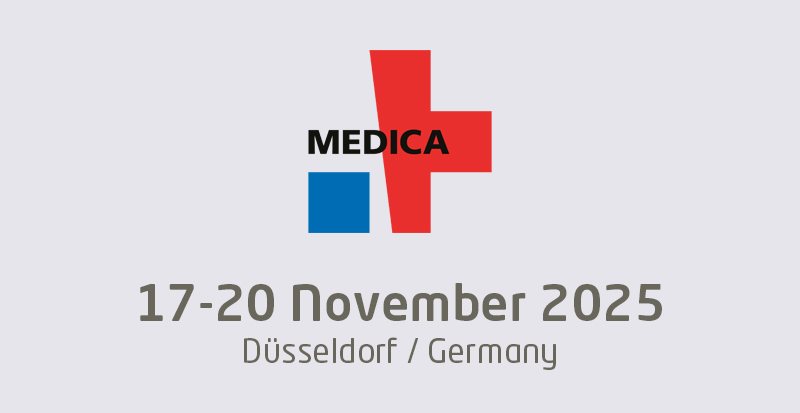What You Should Know:
A new brief based on the latest 2024 Health Information National Trends Survey (HINTS) data shows notable advances in patient and caregiver access to online medical records and patient portals. The report also found that nearly all non-federal acute care hospitals in the U.S. participated in electronic public health reporting in 2024—a vital step toward modernizing the exchange of public health data. Still, despite this progress, over 80% of hospitals faced at least one obstacle to electronic public health reporting during the year.
Strengthening seamless, secure data sharing between healthcare organizations and public health agencies (PHAs) remains a central goal of broader data modernization initiatives. To help bridge gaps, eliminate barriers, and enhance data availability for public health decision-making and population health, the CDC introduced its Public Health Data Strategy (PHDS) in 2023.
High Levels of Electronic Public Health Reporting
In 2024, nearly all hospitals participated in electronic public health reporting for core data categories, including immunizations, syndromic surveillance, laboratory results, and case reporting. Reporting rates were strongest for these key data types, which have been mandated under the CMS Medicare Promoting Interoperability (PI) Program since 2022.
Key findings on reporting engagement include:
Nearly 75% of hospitals were electronically reporting Antimicrobial Use and Resistance (AUR) data shortly after it became mandatory in January 2024.
Electronic public health reporting has steadily risen over time for both required and optional data types, such as public health and clinical data registry reporting.
Electronic case reporting jumped significantly, from 53% in 2021 to 84% in 2024, following its inclusion as a requirement under the PI program in 2022.
Hospital participation in public health and clinical data registry reporting—which earns bonus points but isn’t required—also grew markedly between 2021 and 2024, rising from 65% to 81% and 50% to 74%, respectively.

























